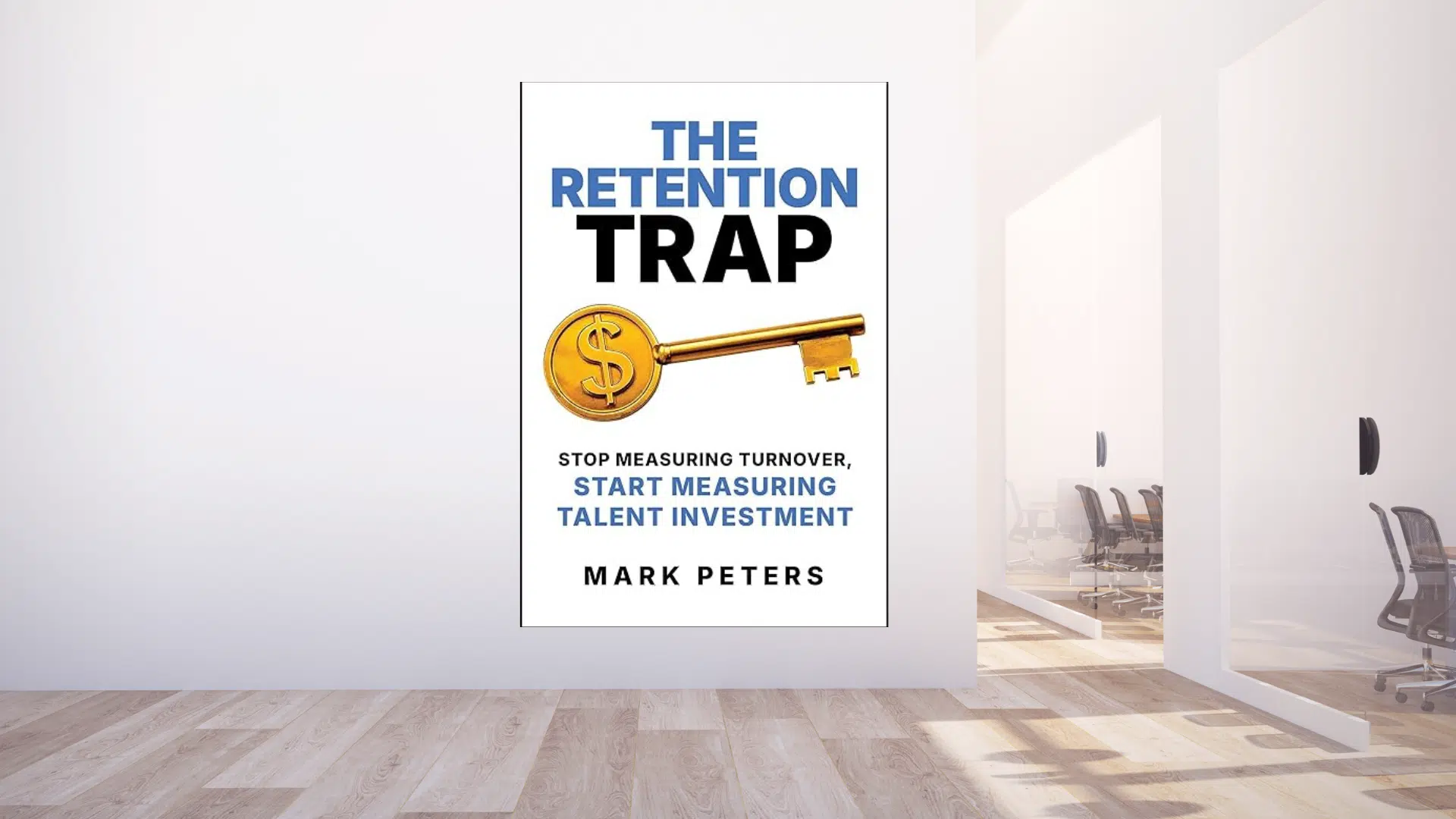
Top AI Strategies for HR in 2025
Artificial intelligence has swiftly evolved from an experimental technology to a cornerstone of modern business operations. By 2025, its role in human resources will be more strategic than ever, reshaping how HR professionals recruit, engage, and manage talent. For that reason, we’ve compiled a list of strategies that will help HR professionals stay competitive and make the most of this increasingly essential technology.
How HR Can Use AI
Intelligent Recruiting and Talent Sourcing
AI-powered recruiting platforms can quickly analyze candidate résumés, online profiles, and application data to identify top talent. With rapid advancements, these tools will become more refined and adept at filtering out unsuitable candidates, speeding up the talent acquisition process and improving the quality of hires.
Key Strategies:
Personalized Employee Experience
Employees increasingly expect consumer-grade experiences at work, including personalized learning paths, feedback, and career growth plans. AI enables tailored content and real-time insights to keep employees engaged and motivated.
Key Strategies:
Automated Employee Support
As remote and hybrid work models continue to grow, employees need round-the-clock support that extends beyond traditional HR office hours, especially if employees are located across the world in different time zones. AI-driven chatbots and helpdesks can resolve routine queries quickly, freeing HR teams to focus on strategic tasks.
Key Strategies:
Predictive Workforce Planning
Workforce planning is crucial for anticipating future business needs. AI models can analyze historical data, market trends, and internal metrics to forecast hiring requirements, skills shortages, and potential attrition risks.
Key Strategies:
Continuous Upskilling and Reskilling
With technology rapidly advancing, skill sets can become obsolete in a short span. AI tools can pinpoint employees’ skill gaps and suggest targeted learning pathways, ensuring the workforce remains agile and future-ready.
Key Strategies:
AI-Enhanced Diversity and Inclusion
Diversity, equity, and inclusion (DEI) remain top priorities for forward-thinking organizations. AI can help identify systemic bias in hiring, promotions, and everyday HR processes, guiding companies toward more equitable practices.
Key Strategies:
Advanced Sentiment Analysis for Employee Engagement
Real-time insight into employee sentiment helps HR proactively address concerns before they escalate. AI-powered sentiment analysis can parse emails, surveys, chat logs, and social platforms to detect morale shifts.
Key Strategies:
Ethical and Transparent AI Governance
As AI becomes more deeply embedded in HR processes, transparency and fairness are paramount to maintaining trust. Ensuring ethical AI usage helps protect employee data and mitigates risks of bias or privacy breaches.
Key Strategies:
Collaboration Between AI and HR Teams
The most successful AI programs in 2025 will be those where HR professionals collaborate closely with data scientists, IT, and other business leaders. AI is not a standalone solution but a tool that enhances human expertise when integrated thoughtfully.
Key Strategies:
The information contained in this site is provided for informational purposes only, and should not be construed as legal advice on any subject matter.

Advice in Your Inbox
Join our newsletter for free bi-monthly toolkits and downloads on how to hire, support, and retain your best talent.






